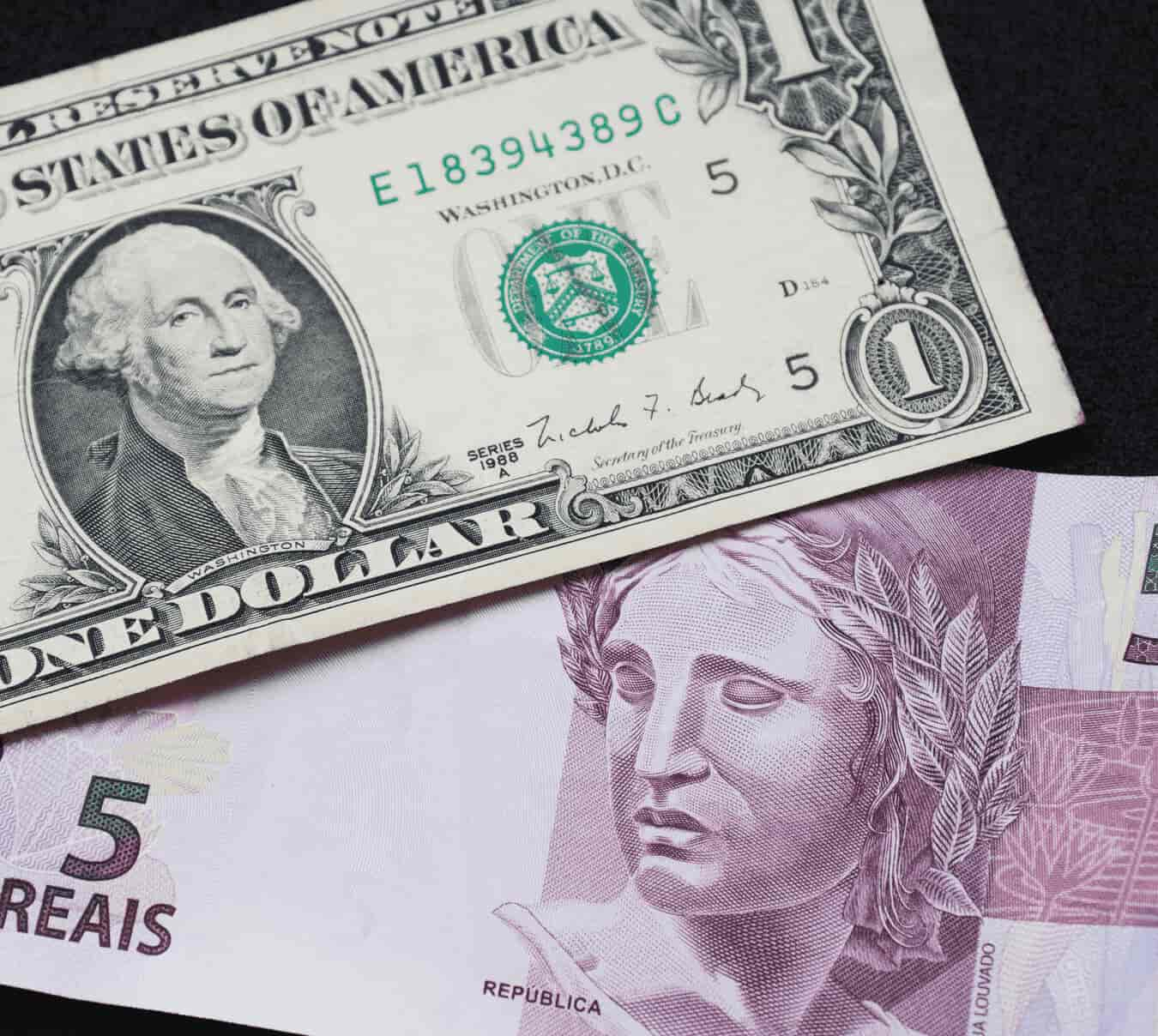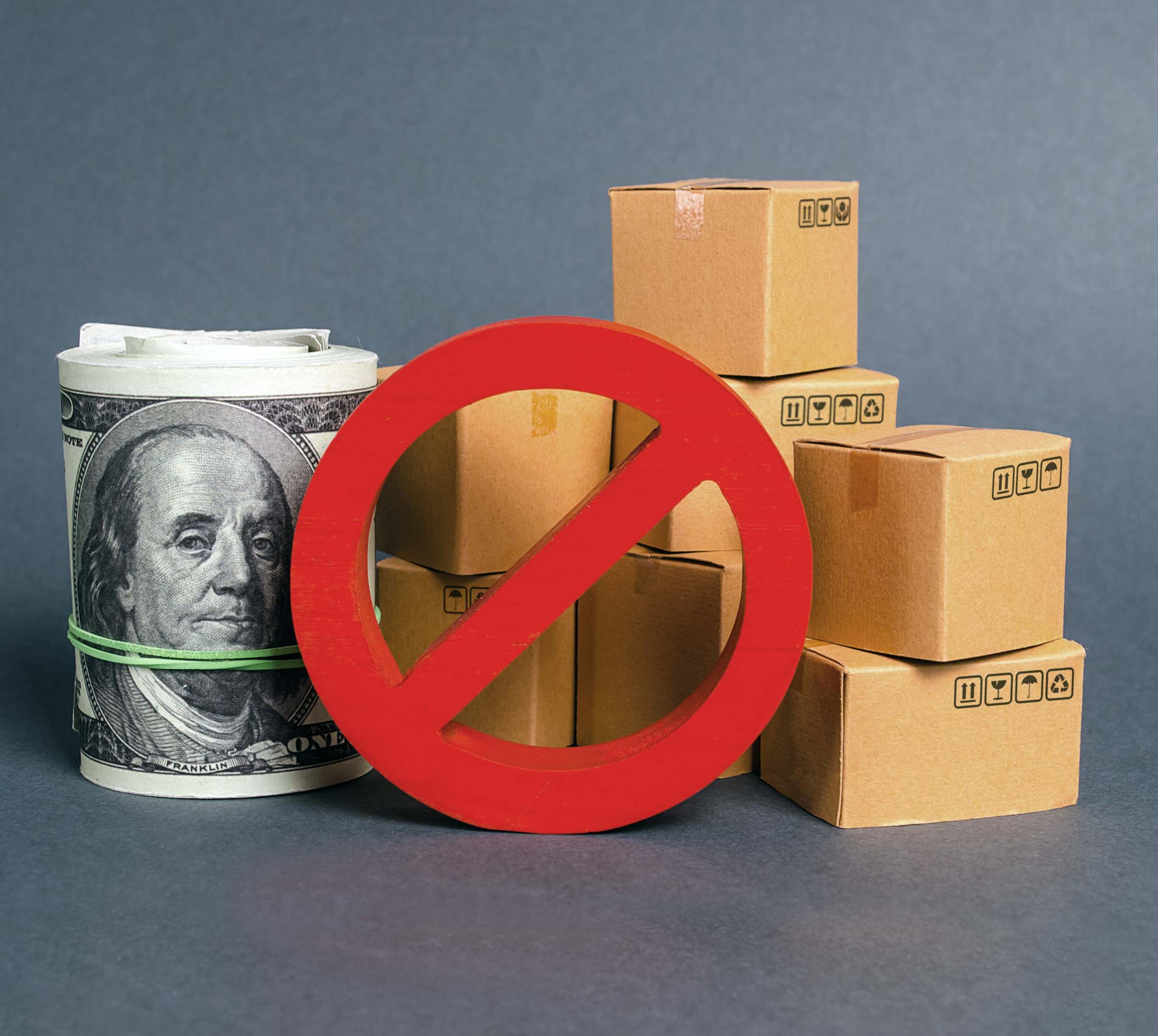Currency exchange rate fluctuations are a common issue among merchants selling to Brazil. Since the exchange operation does not occur on the same date as the payment date, cross-border merchants can find it difficult to protect themselves from these variations, as they cannot predict with certainty the amount they will receive.
Picture this: you are selling a product or service online to Brazil, and the current exchange rate is BRL 5,00 for USD 1,00 at the time of the purchase. However, since the exchange operation occurs days later, there is a risk of the Brazilian real devaluating, meaning you will receive a lower amount than predicted.
Read also: Impact of Currency Exchange on Merchants’ Revenue
Of course, the opposite can also occur, and exchange rate fluctuations can eventually benefit merchants, meaning these variations can become close to zero longer-term. Even so, a few practices can reduce this risk and help cross-border merchants selling to Brazil manage this situation.
Best practices to protect your online store from currency variations
When selling to Brazil, currency exchange rate fluctuations can become quite a hassle. We’ve narrowed down four tips to help you with these variation scenarios.
1. Adjust pricing according to historical data
Check the average currency rate in the past 15-30 days and consistently adjust the product’s price accordingly. To do so, simply access the Central Bank of Brazil’s website, here.
2. State adjustable pricing in the Agreement
In the case of services, such as monthly subscriptions, adding an Article about the adjustable pricing in the Agreement is another important measure. This way, your customer is warned about price variations due to currency exchange rates.
3. Adjust your profit margins
Uncertain economic and political scenarios can seriously affect currency exchange rates for a determined period. Adding a higher profit margin to your products or services is also a good practice to support drastic currency exchange rate fluctuations.
4. Look out for hidden costs of the tourism dollar
The tourism dollar is an outdated rate, initially created in the late ’80s. Today, though no longer an official currency rate, it is still used for exchange operations related to buying and selling for international travel.
Read also: Selling Cross-Border to Brazil: Beware of the Tourism Dollar Rate
Some payment processors apply an inflated spread to the official exchange rate, camouflaged by the term “tourism dollar,” which can increase the spread by 7 to 10%. When selling cross-border to Brazil, work with a Payment Service Provider (PSP) that uses the official currency exchange rate.
PagBrasil only uses the official currency rate, and all the applied fees are discounted in Brazilian reais before the currency operation, which lowers the merchant’s costs. This also allows merchants to plan ahead and elaborate strategies to support currency fluctuations.
Want to learn more? Contact us, and we will get back to you within 24h!




Comment
Well-written post, Paula.